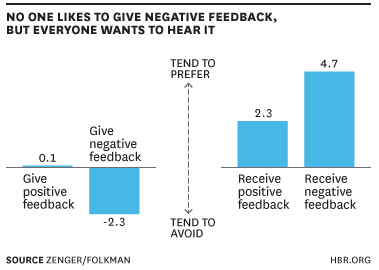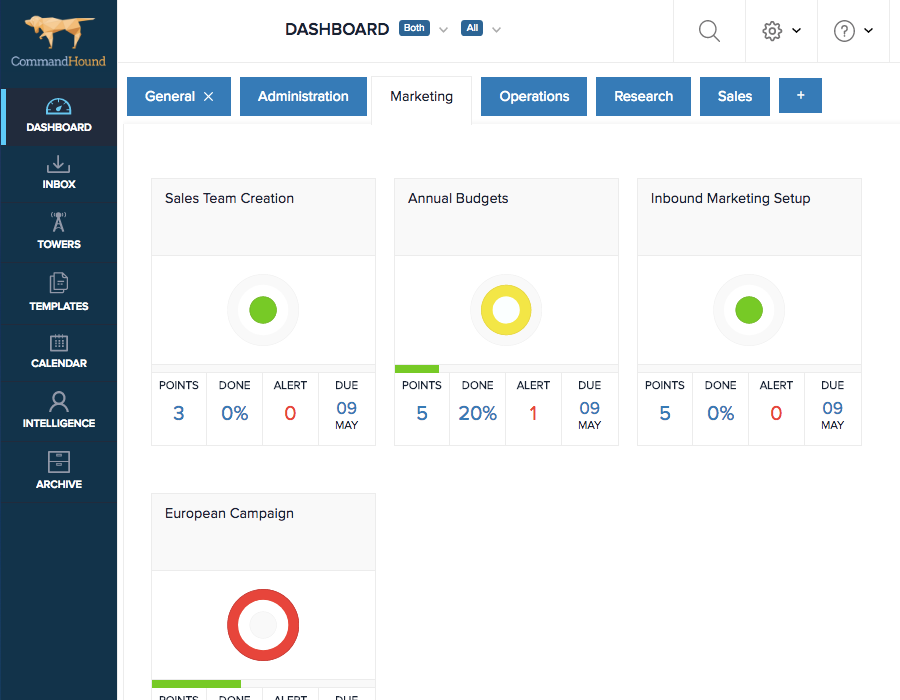How to Best Give Millennials Negative Feedback
The June jobs report is out, and it shows that U.S. employers increased the pace of hiring, a sign of continued labor market growth.
U.S. companies didn’t need to see the statistics to know that, in today’s labor market, they must work harder than ever to retain their workers.
And since millennials will make up more than 75% of the workforce by 2030, finding a way to retain that generation of employees is a major concern.
So why write an article about giving your millennial employees negative feedback? Because believe it or not, they want it!

Instantaneous Feedback
Employees in general want some kind of feedback from their managers. It is how they know that their work is being recognized. The baby boomer generation has been trained to expect it once a year in a stressful and emotionally charged annual performance review.
But millennials were raised in an environment of complete connectedness, not only with their friends through texting and social media, but with the adults in their lives as well.
Parents, teachers and coaches were never more than a text, email, or phone call away, and the self-esteem generation learned to expect almost instantaneous feedback.
Engagement Is Key
Gallup’s recent report, How Millennials Want to Work and Live, showed that only 19% of millennials say they receive routine feedback, and only 17% say the feedback they do receive is meaningful.
More frequent feedback improves engagement. And an engaged millennial is a happy millennial.
Many companies are getting the message, ditching their annual review processes for better, shorter and more frequent performance management check-ins.
Negative Feedback
Realizing that their younger employees value mentoring programs at work and that they see their managers as mentors and teachers, it has become important for those mangers to deliver authentic and constructive feedback.
And authenticity includes negative as well as positive.
One study found that employees receiving predominantly negative feedback from their manager are over 20 times more likely to be engaged than those receiving little or no feedback.
Negative, directive and construction feedback provides guidance, leading to improved competence and confidence.

A Few Tips
Negative feedback leads to faster corrective actions and improvement. Why not learn how to do it effectively?
- Start with the definition and communication of a competency-based expectations framework that let’s employees know the expected results of their work.
- Foster a culture of driving results through accountability, but let your employees know that you are there to guide and teach them through the process.
- Schedule regular check-ins with your employees. These don’t have to be thirty-minute formal meetings, but instead regular check-ins to give feedback – both positive and negative – that become part of the normal routine.
- Don’t try to soften the negative with positives. Your employee will recognize that you are feeding them a compliment sandwich. Separate the negative commentary from praise. Since you checking in regularly, you will soon have a chance to give positive reinforcement.
- Make it timely. Most managers put off delivering negative feedback. Timely criticism feels more like teaching, and it shows that you value the employee enough to bring it up right away.
- Base all of your feedback, both negative and positive, on data. Use an accountability tool like CommandHound to constantly collect performance data at the individual level. Don’t make it personal. Be direct and specific with your concerns. Much better than saying, “You never get your work in on time,” is using actual data to be able to say, “I notice that you were three days late in delivering the spreadsheet to Accounting.”
Your millennial employees will appreciate the clarity that a tool like CommandHound provides — clear definition of what is expected of them with clear accountability. When negative feedback is necessary, there is never a question of the facts.

CommandHound has been developed from the ground up to provide management with data on employee performance.
Would you like to learn more?
